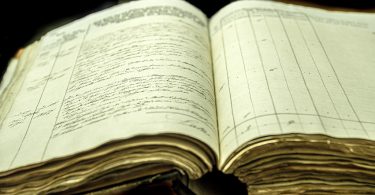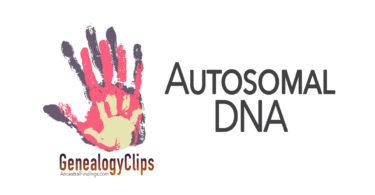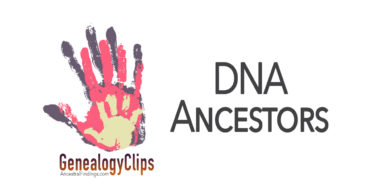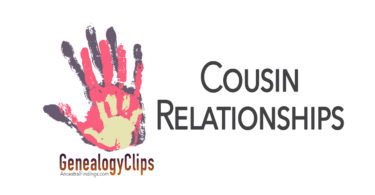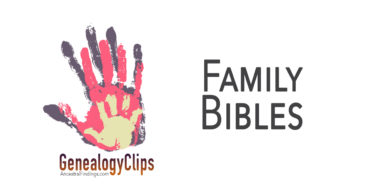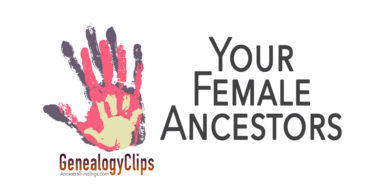Your digital genealogy needs to be organized just as much as your physical genealogical documents and photos do. In fact, it is much easier to have a messy, almost unsearchable collection of digital...
Category - Genealogy Clips
How to Use the Dawes Rolls in Your Genealogy Research
Are you looking into your Native American ancestry? Many Americans believe they have this ancestry, but only a few do. If you do, and you know it with certainty, the Dawes Rolls can help you find...
How to Use Membership Records in Your Genealogy Research
Membership records can be an important part of genealogical research. Yet, they are not used by many genealogists, despite the wealth of information they can provide. Here is why genealogists usually...
How to Begin Researching Your Mayflower Ancestors
Are you a Mayflower descendant, or do you want to prove that you are one? Here are some tips on finding and proving your Mayflower ancestry. After all, there are more than thirty-five million...
6 Tips to Make Your Genealogy Research Easier
Whether you are a beginning genealogist or a seasoned pro, you can always use some tips on how to make your genealogy research easier and more productive for you. Here are six top tips that can help...
Top Five Reasons to Cite Your Sources in Your Genealogy
Are you citing your sources in your genealogy research? If you are not, you should be. Citing sources may seem like a chore, but there are some very important reasons to make sure you always do it...
Valuable Genealogical Artifacts You Might Not Have Considered
Have you ever considered looking into more than just vital records and other standard genealogical resources to find out more about your ancestors? Genealogical artifacts can provide information you...
What is Autosomal DNA?
Have you considered doing an autosomal DNA test to add to and improve the accuracy of your family tree? Have you even heard of autosomal DNA? It is the most common type of publicly available DNA test...
Y-DNA and mtDNA, and How They Can Help You Trace Your Ancestors
Using Y-DNA and mtDNA are two important ways you can add to your family tree and improve its accuracy. Both can be used to find missing relatives and to confirm biological relationships. Here is what...
Cousin Relationships the Easy Way
Do you know how to determine cousin relationships? It’s easier than you may imagine. All you have to do is remember to count generations from the most recent set of cousins in your family tree that...
How to Find Distant Relatives
If you are at a genealogical brick wall, consider looking for distant relatives to help you break through it. Who are distant relatives, and what information might they have to benefit your research...
Why are Family Bibles Such Genealogical Treasures?
Family Bibles are some of the most unique and valuable genealogical resources available. If your immediate family doesn’t have one, you might not understand just how important they can be to your...
Getting Your Older Relatives to Open Up about Family History
Interviewing older family members is a basic part of beginning genealogy research. If you have access to these relatives, interviewing them for their unique take on the past and the ancestors who...
Finding the True Identities of Your Female Ancestors
Are your female ancestors a mystery? It’s not uncommon. While you may know the first name of a female ancestor, finding their maiden name and birth family can sometimes be a challenge. Here are some...
Set a Timer | Genealogy Clips #12
This is probably the best and most effective time management research technique when it comes to genealogy.



